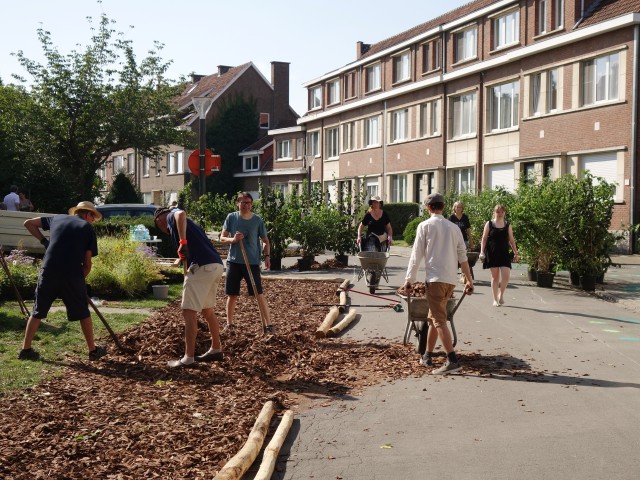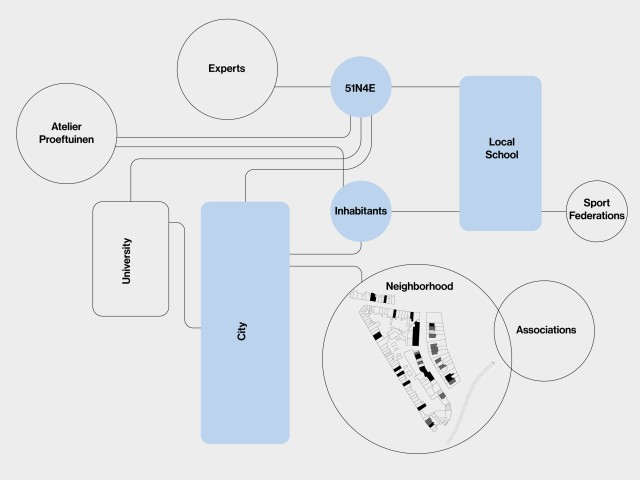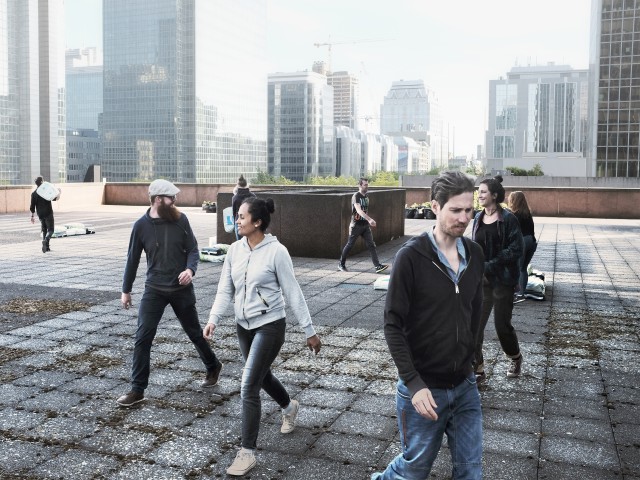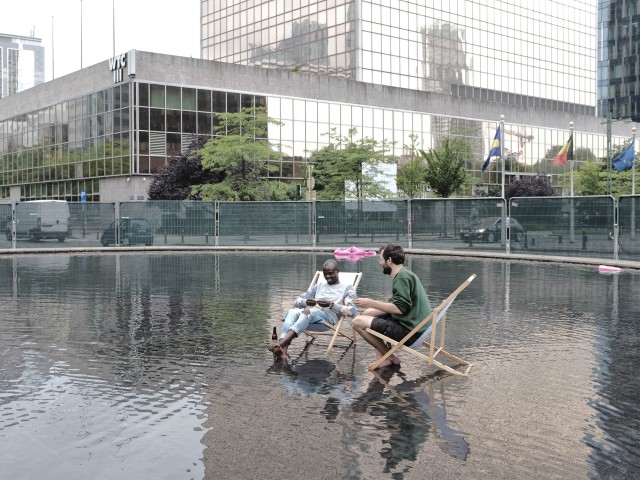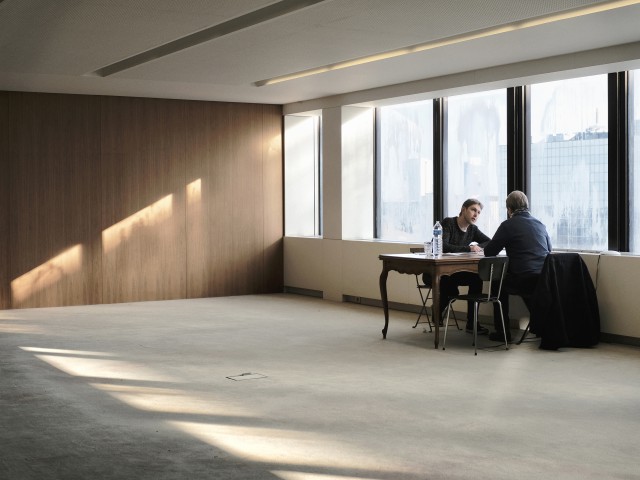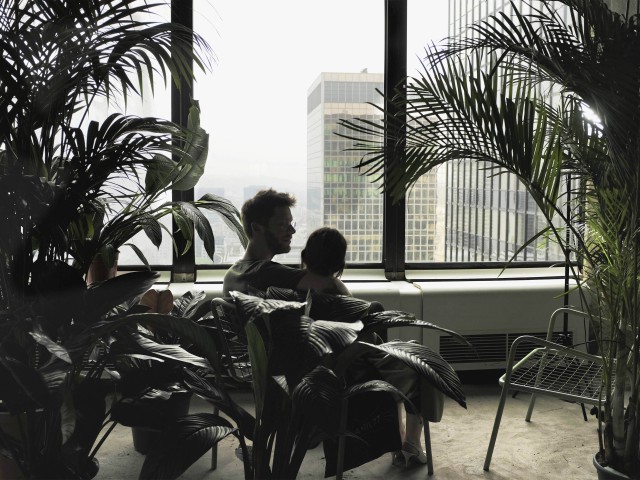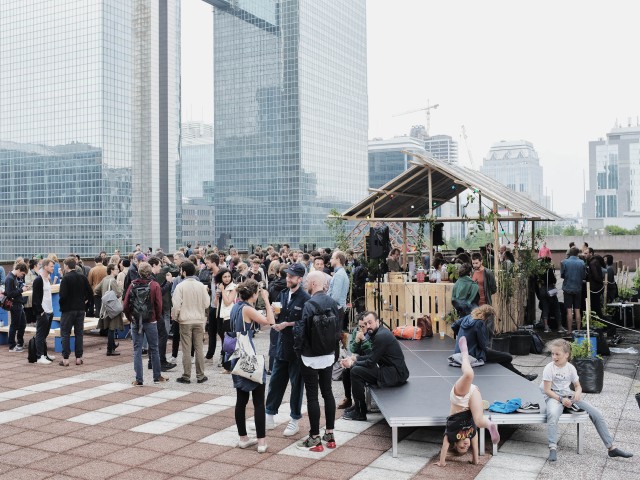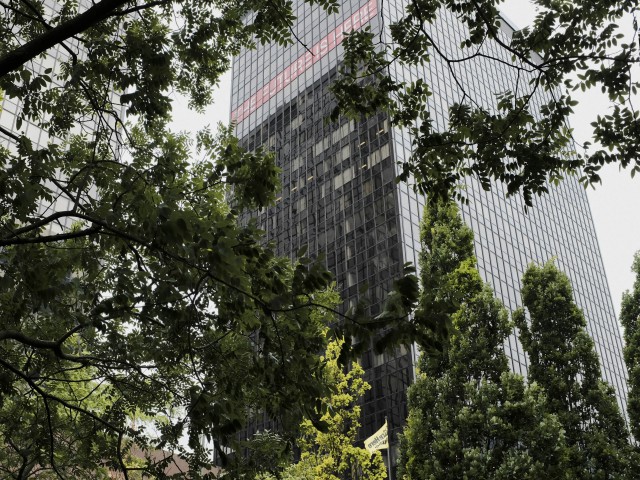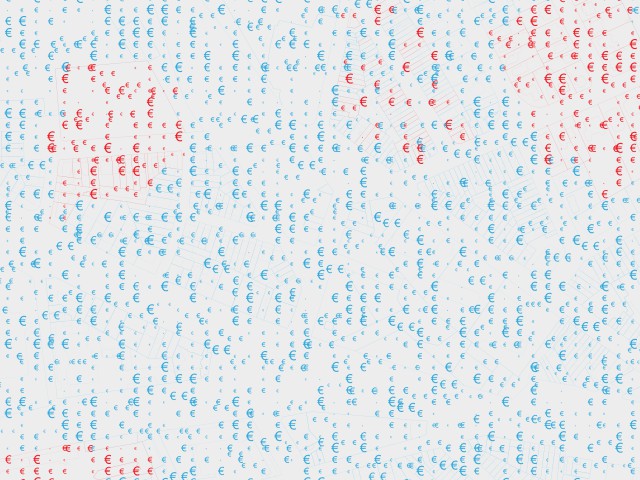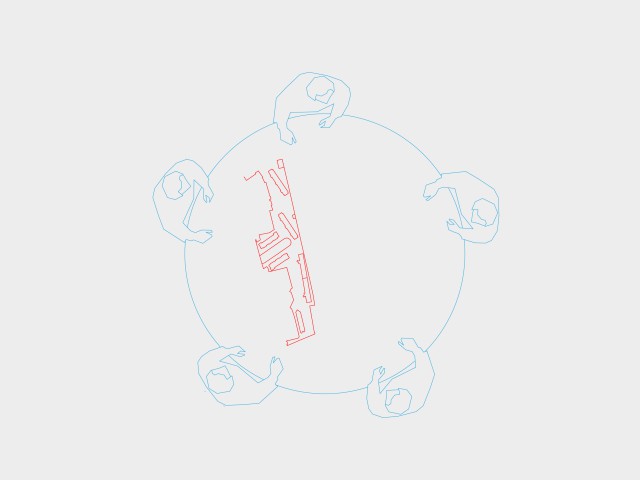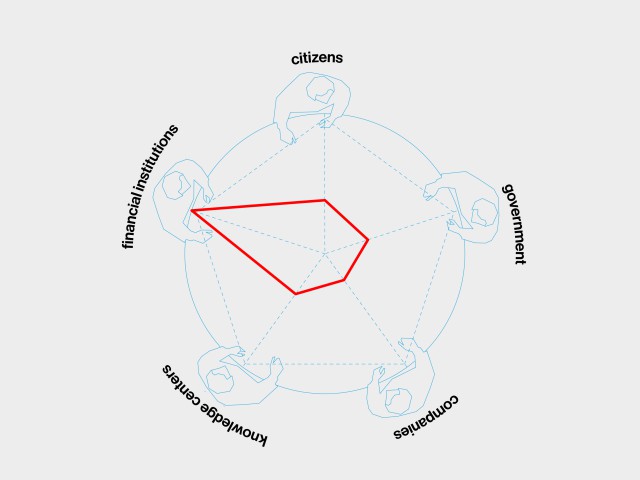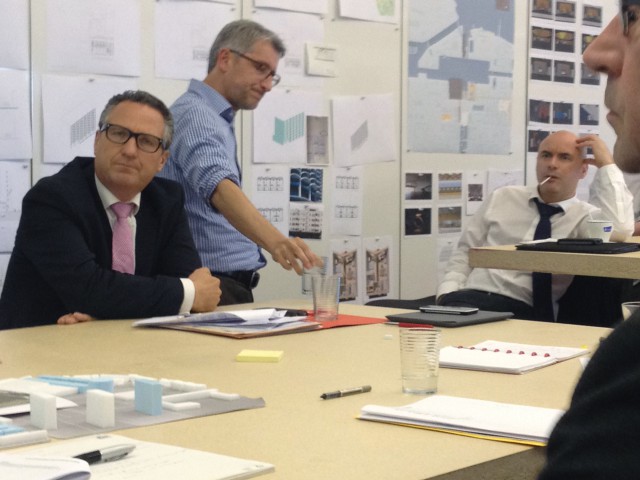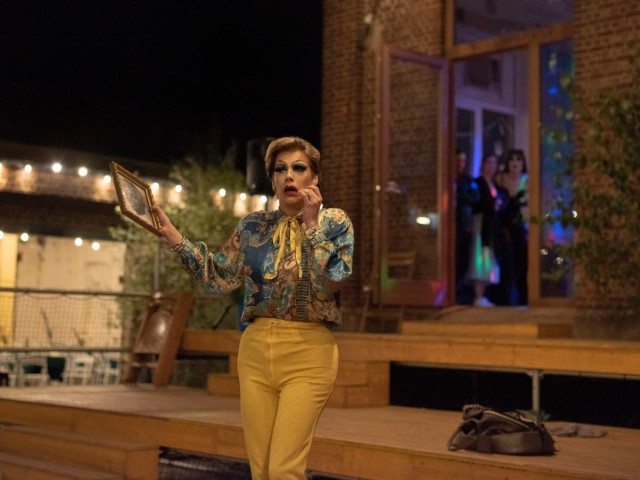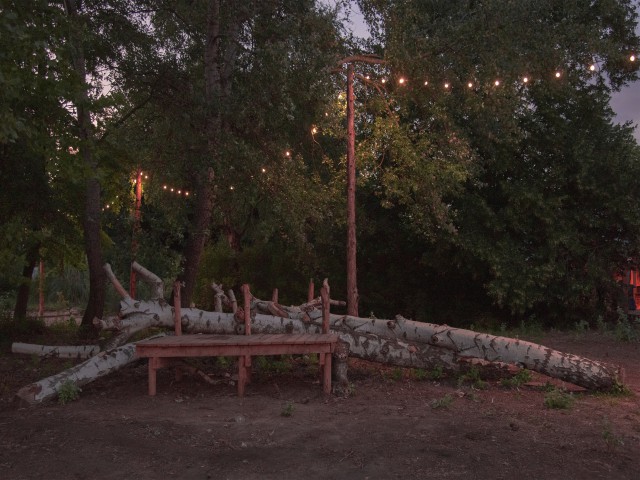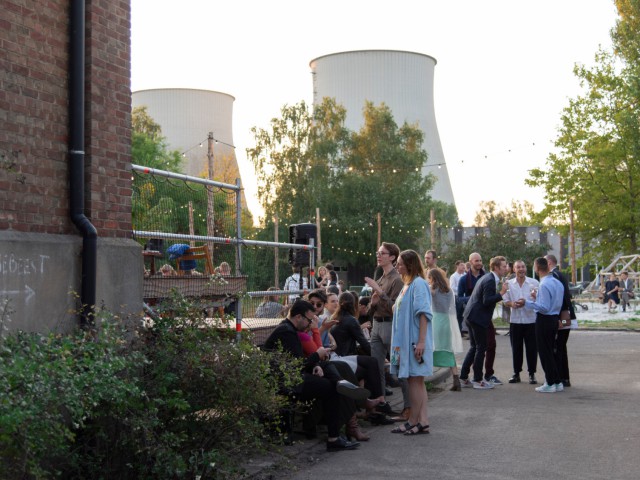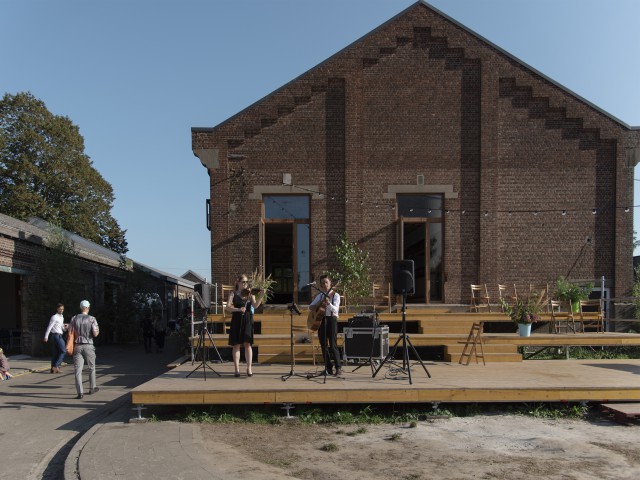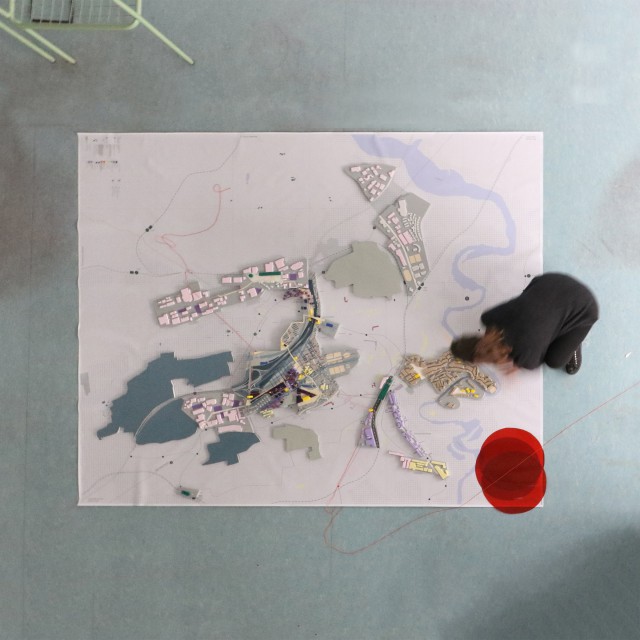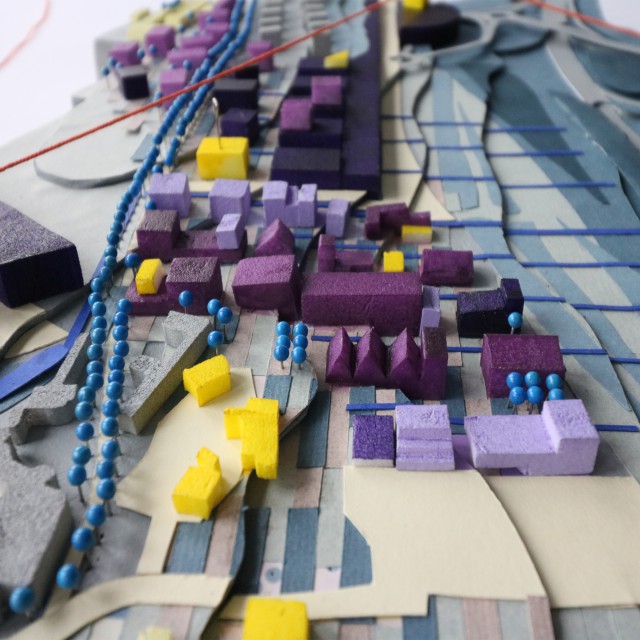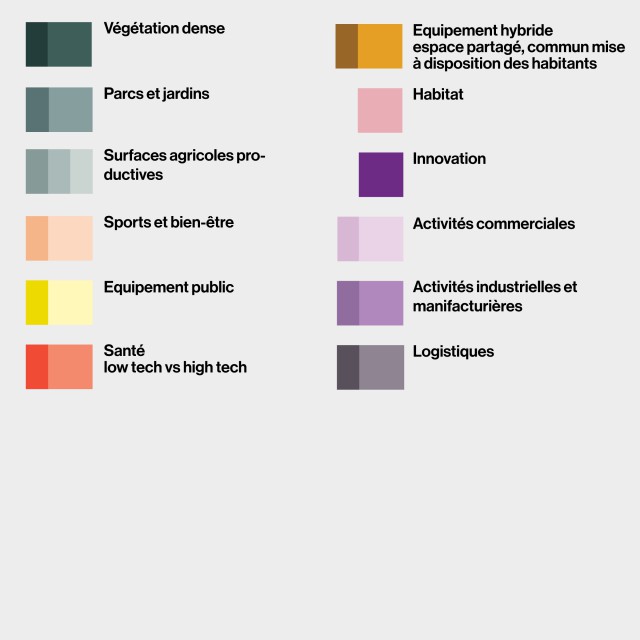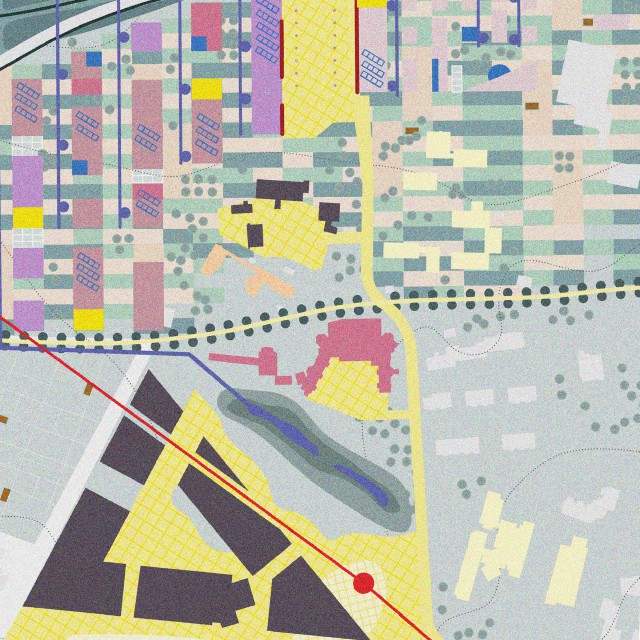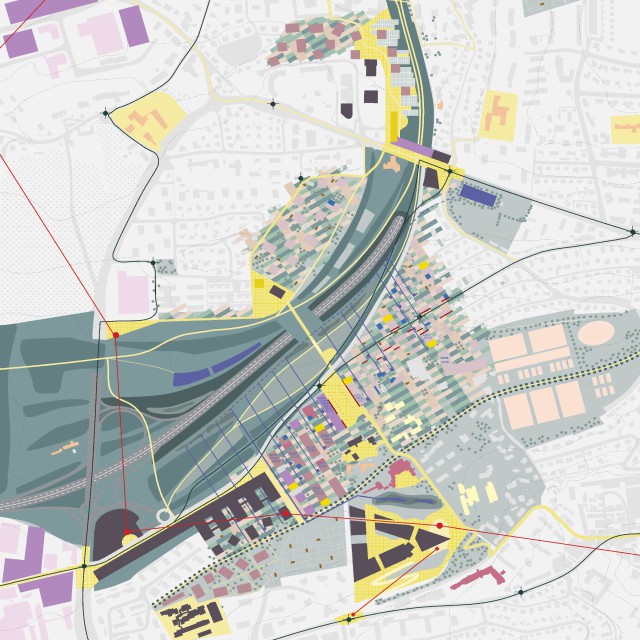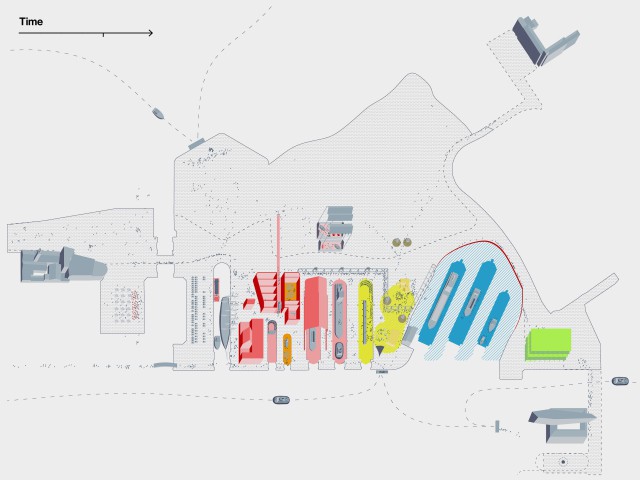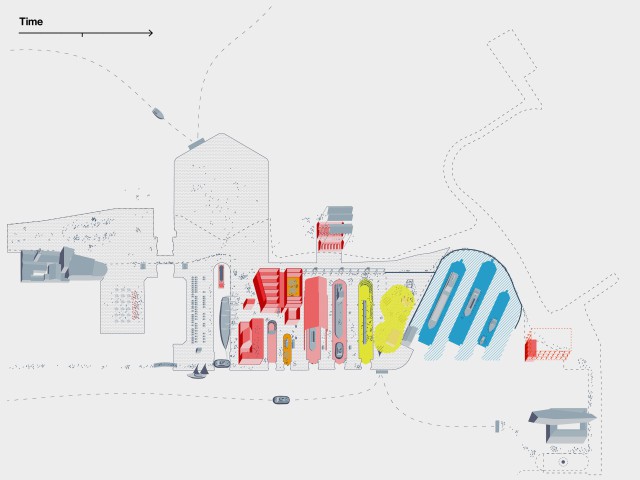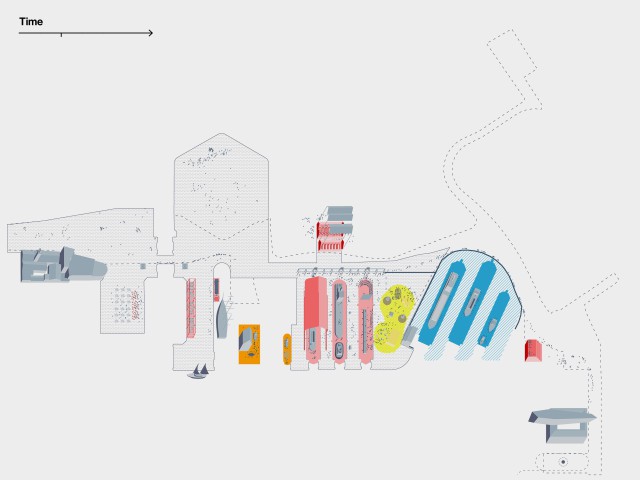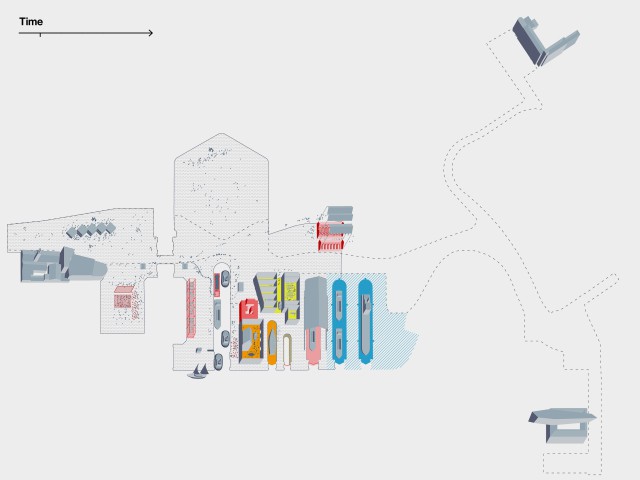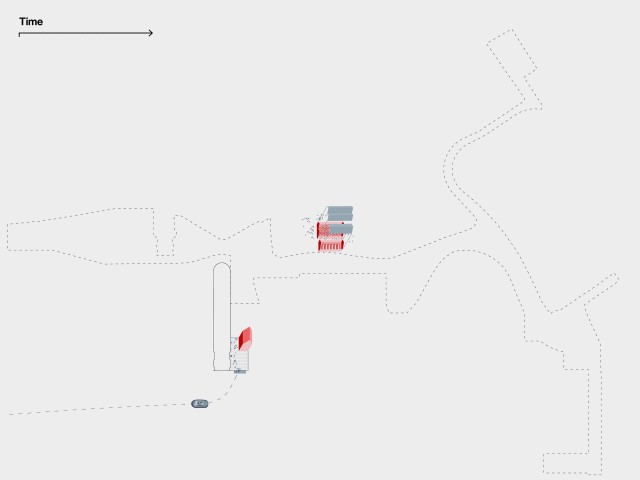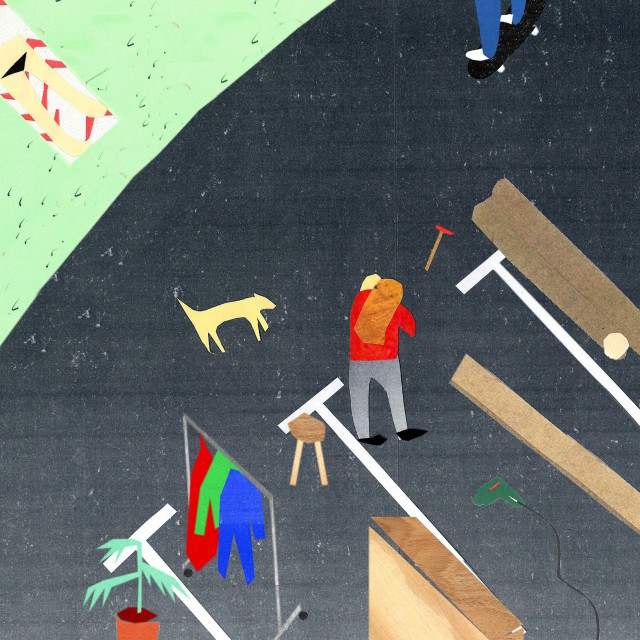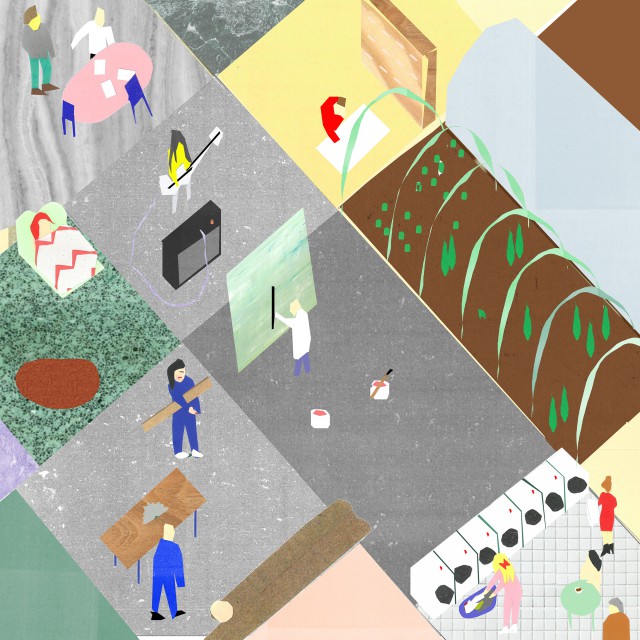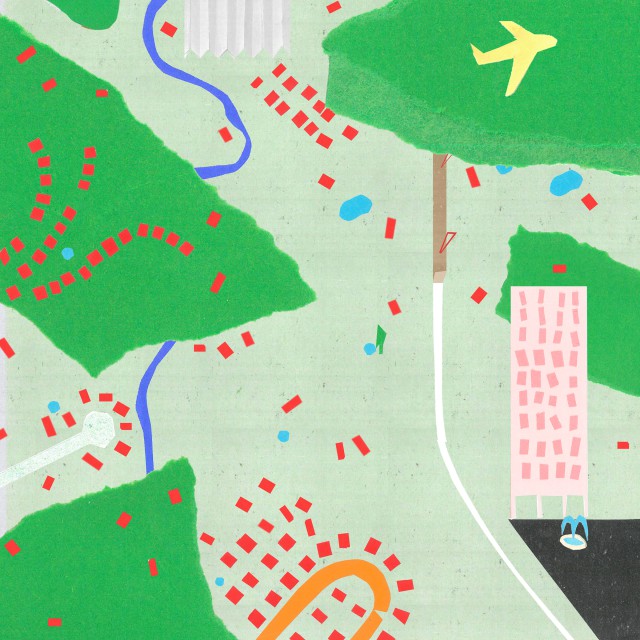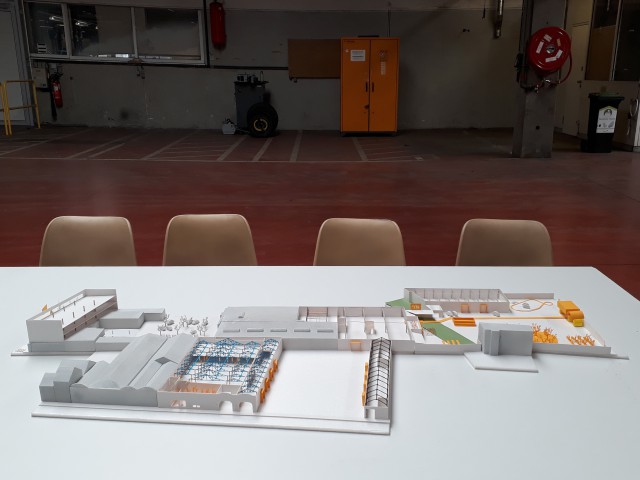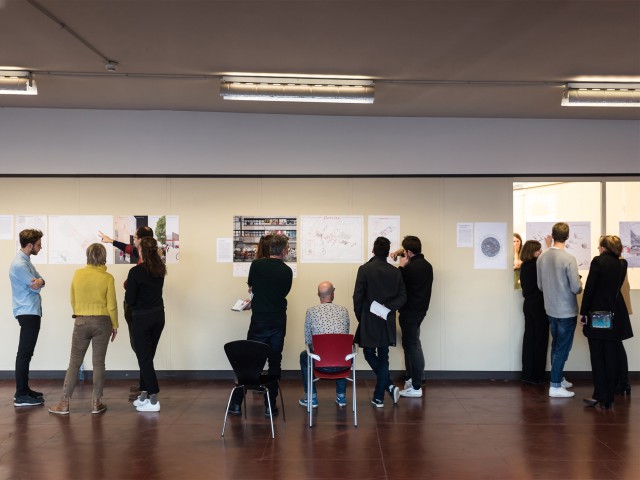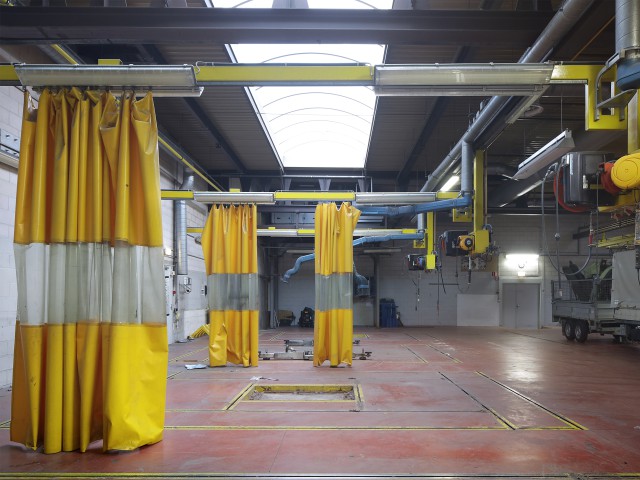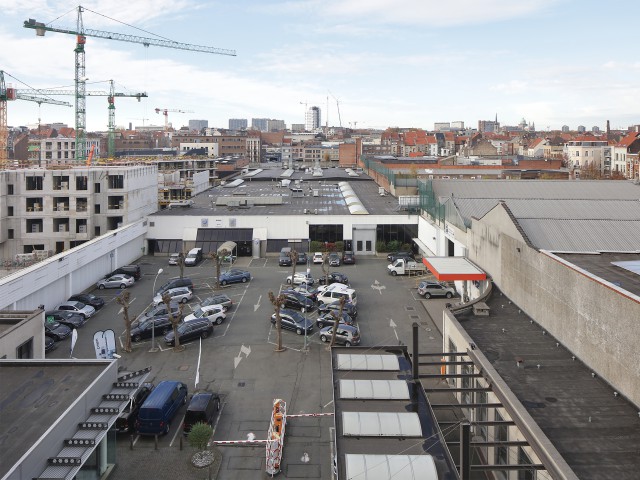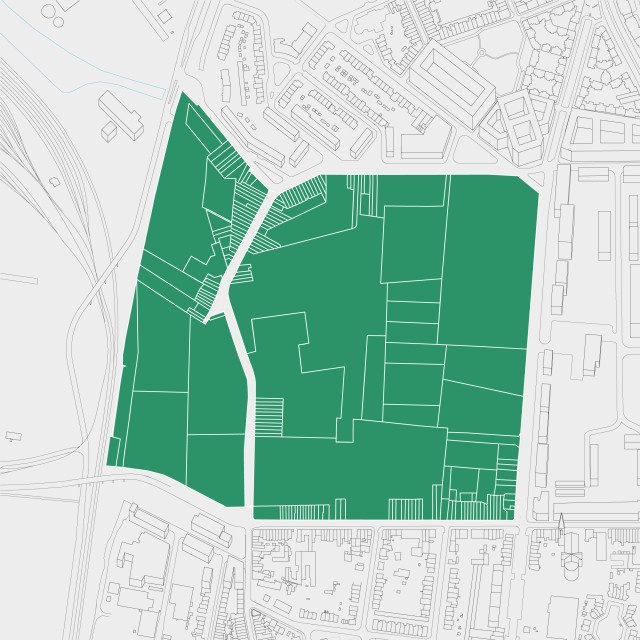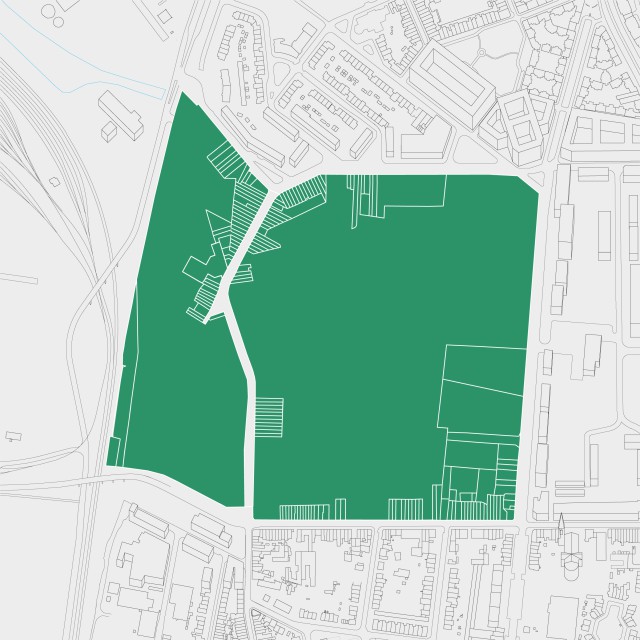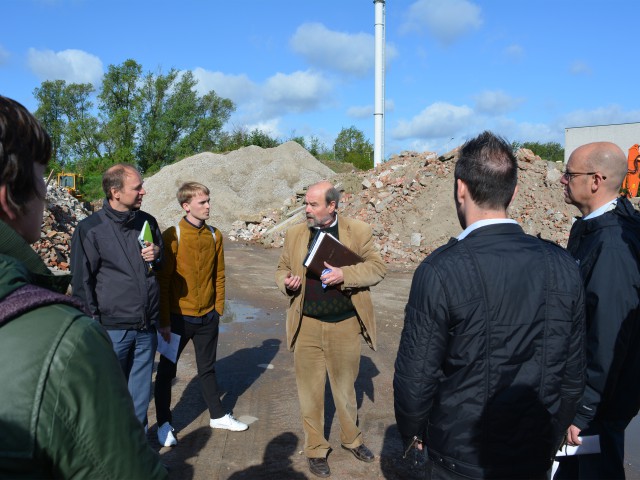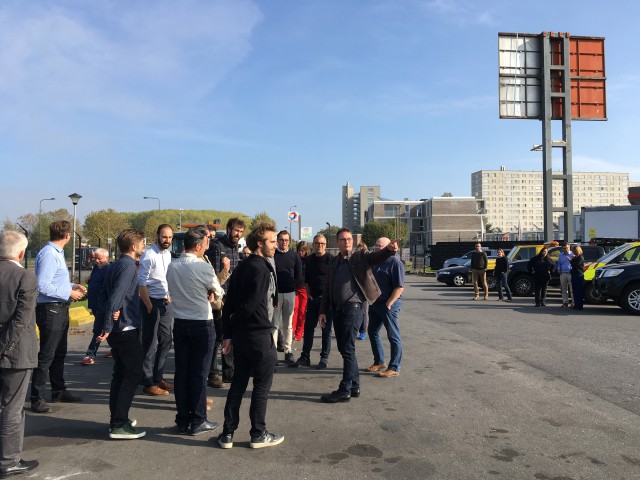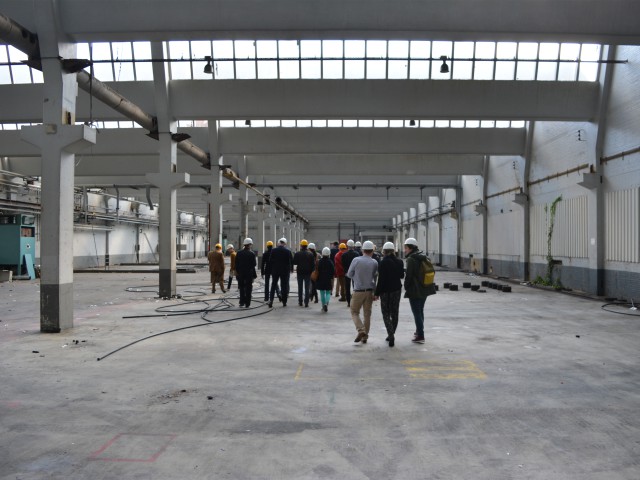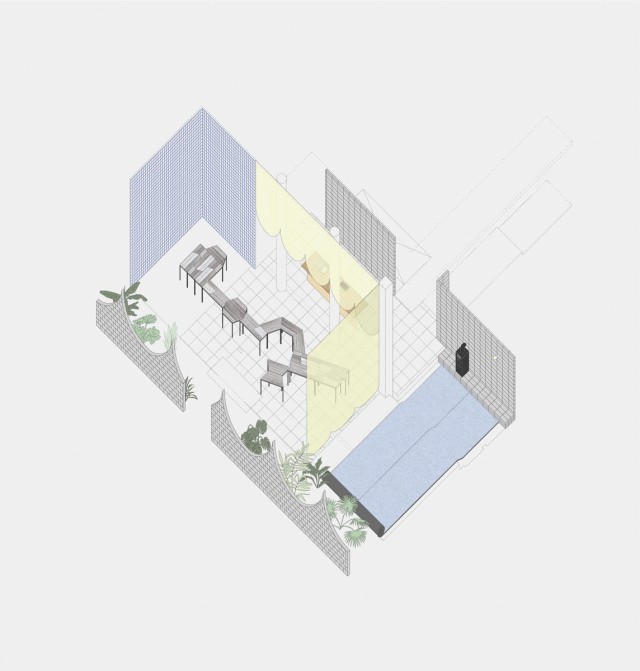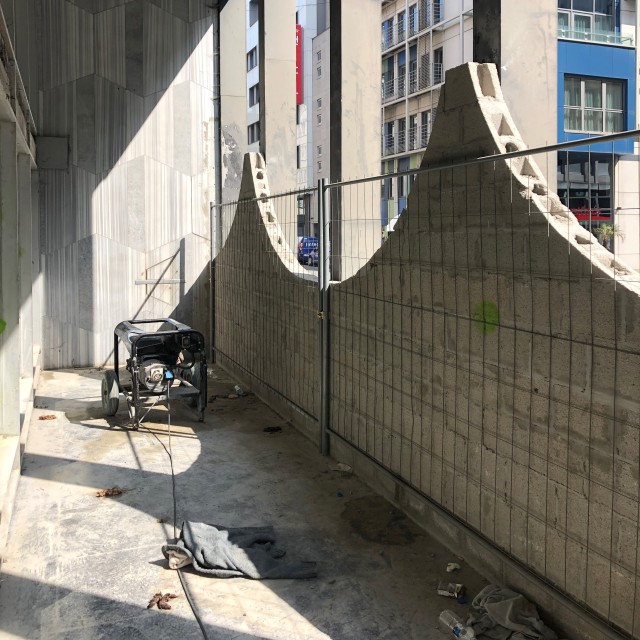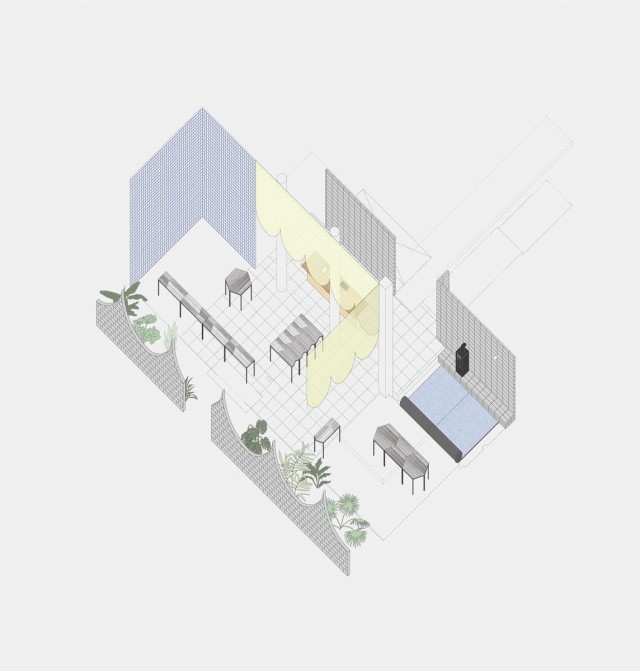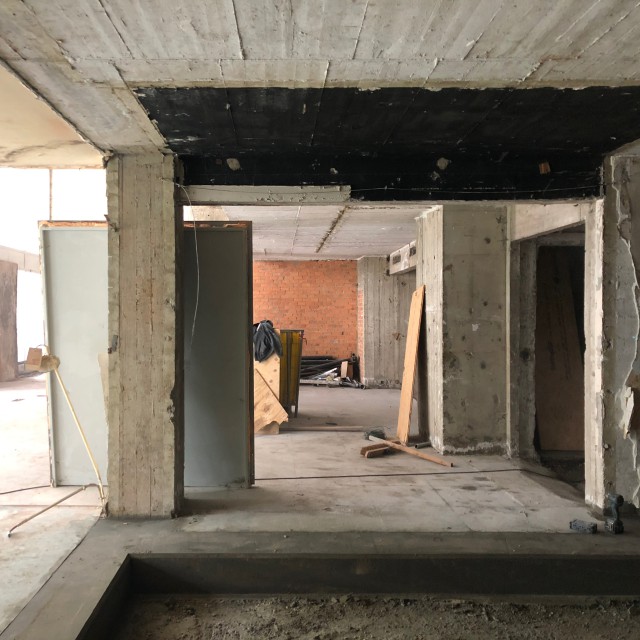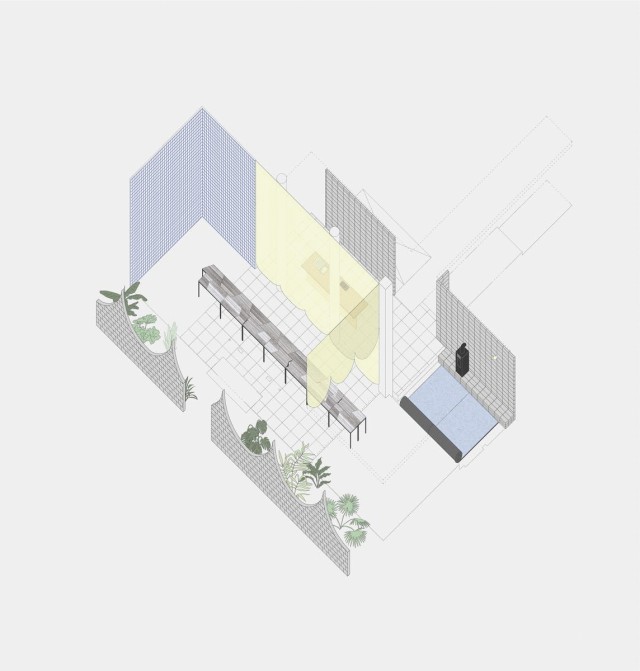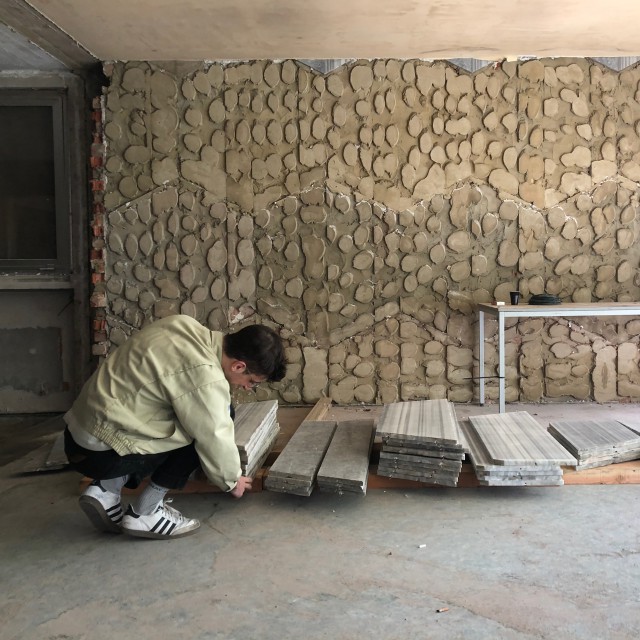Civic design contributes to diverse and durable neighbourhoods by relating social to spatial structures
Pre-configure new usage
Ontharding Redingenhof
Can meanwhile use be an act of resistance affecting the further course of urban redevelopment? More specifically, can it influence and inform the choices of citizens, policymakers, architects and developers in such projects?
Dieter Leyssen, ‘Meanwhile Use as an Act of Resistance’, 2018
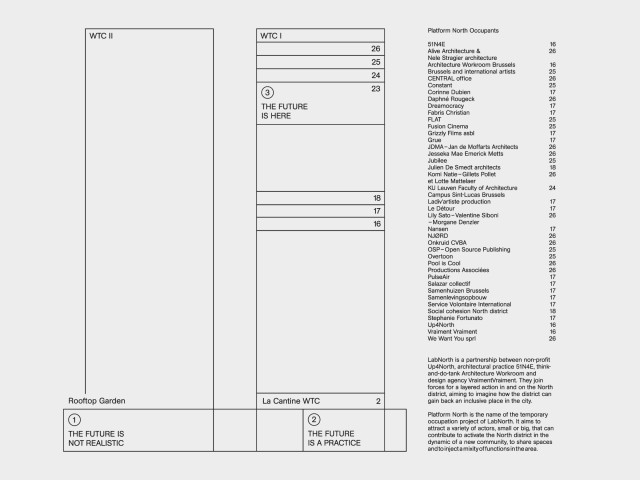
Involving multiple actors to trigger discussions
Lab North
Reprogramming by moving in
Lab North, film by Karine Dana
Immediate actions triggering change
Lab North
What are the spatial and social resources to tap into?
Linking social to financial resources
Labo XX
Opening-up inaccessible sites
ASIAT
Embedding urban growth into a metropolitan landscape
La Ville Hospitalière
Mapping and planning programmatic diversity
La Ville Hospitalière
Civic design is a combination of architecture, urban design and human geography, emerging as a discipline dedicated to the territorialisation of the structure of social relationships underlying in every city, and not only as the practice of fulfilling aesthetic and beauty criteria. Therefore, civic design articulates the relationship between urban dwellers and the space they occupy, their mobility and the morphology of the built environment they inhabit, in order to achieve functional and pleasing public spaces. Thus, civic design is a more holistic concept than urban design, since it takes into consideration both physical and social components as crucial for city life.
Inzulza-Contardo and Cruz-Gambardella, 2014
How to capture and strengthen the values produced along the way?
Creating a framework instead of a masterplan
Maritiem Park
Instead of proposing a blueprint for the coming development for dry-docks site in Antwerp, we proposed a structured learning process that made it possible to undertake projects in the short term. New practices, projects and alliances are mapped and considered in drawn scenarios. It is combined with a charter that sets out the shared ambitions of the different stakeholders on the longer term. By opening the site as of today, the testing of a new programme could start immediately. In this way, the dry docks gradually become a destination in the urban context, while a new identity of the site is built and the required organizational structure is set up.
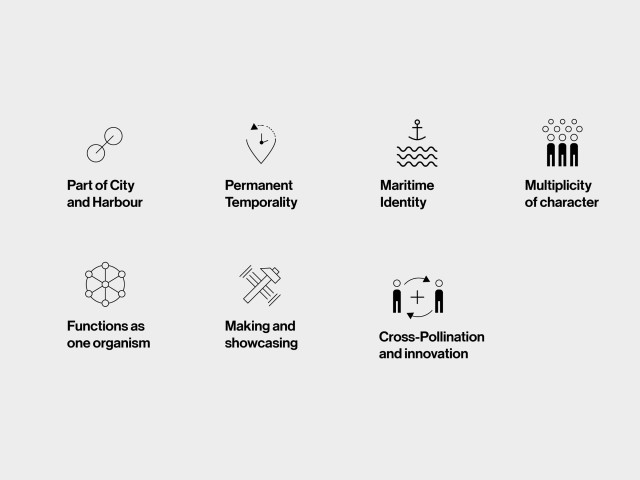
A charter of shared values
Maritiem Park
Telling stories, producing values
Thurgauerstrasse
What new development models and ways of working together do we need?
Taking risks step by step
D’Ieteren
A land bank to overcome the fragmentation of ownership
Lage weg
Creating alliances and sharing experiences
Lage weg
New ways of working together
Stam Europe
